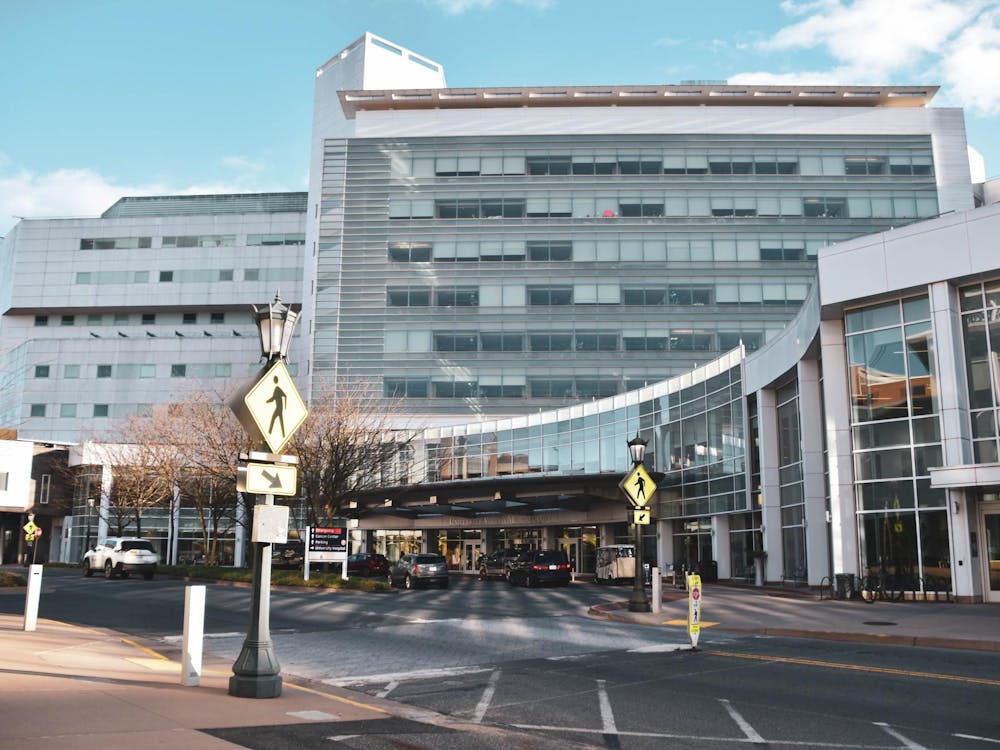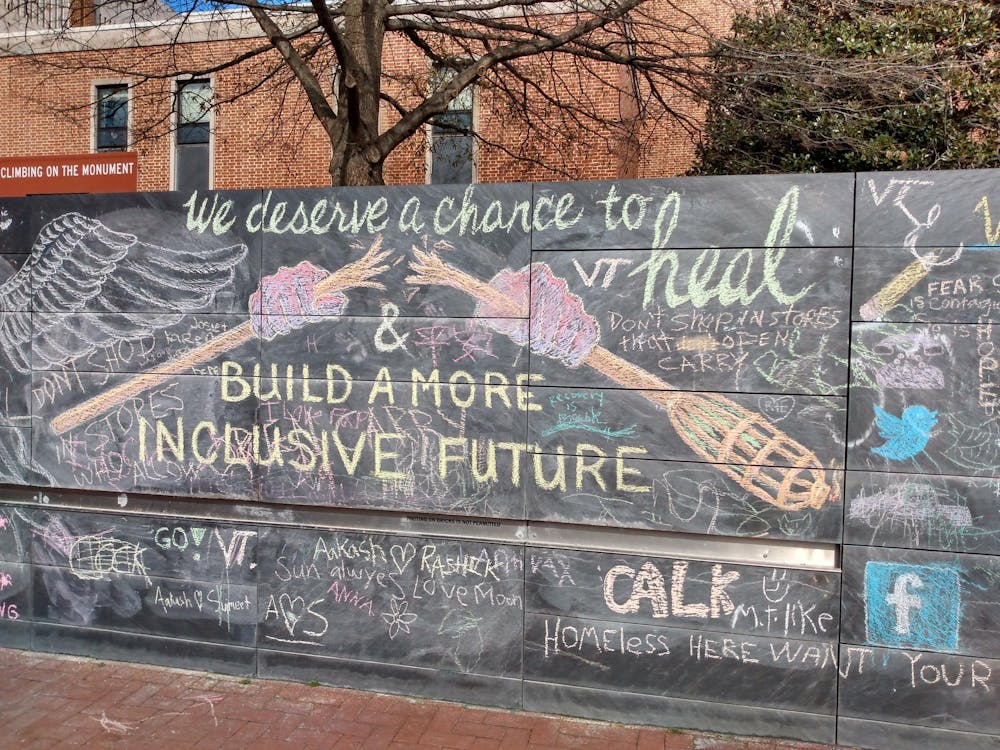At the beginning of the school year, Dean of Students Allen Groves addressed concerns about the University’s racial climate at “I Reconsidered…”, a mandatory event for first-year students. Speaking in front of our entire class, Dean Groves revisited the May incident in which a malicious racial epithet was discovered painted on Beta Bridge. Groves drew applause and laughter when he looked into the audience and said, in reference to the perpetrator: “Well, that’s just one jackass.”
Eight years ago, Conaway B. Haskins III, now the executive director for government and external affairs at Virginia State University, wrote an op-ed piece entitled “Separate But Equal at UVa” in which he explored the issue of race at the University. “UVa’s racial problem is larger than simply a few isolated incidents of bigotry,” writes Haskins. “…Overt racism and institutional discrimination are frowned upon, but racial inequality still persists in other, often invisible, forms.”
Groves’ comment was overly simplistic at best. At worst, it’s a reflection of our lack of understanding of race issues. We need to understand racism and its different dimensions in order to be able to confront issues of race at the University.
Racism operates on two levels — individual and institutional. The former refers to prejudice and discrimination, conscious or unconscious, between two or more individuals. Examples of conscious individual racism include avoiding members of a racial group, engaging in employment discrimination and committing acts such as painting racial slurs on Beta Bridge. Unconscious individual racism often refers to racial bias. Haskins writes, “The University is a microcosm of the modern-day Commonwealth, and its students bring to college all of the baggage they have accumulated from birth until the end of grade school. This includes prejudices and biases fostered by their families, communities, and the pop culture that pervades their lives.” We cannot ignore these prejudices and biases, realities that exist even in our community, when we talk about race.
Institutional racism, on the other hand, is systemic: it manifests itself in social systems and extant inequalities. It exists both by its inertia and by elite efforts to preserve power structures. It’s what makes whites who kill blacks more likely to be exonerated than blacks who kill whites in Stand Your Ground states. It’s what contributes to the academic underperformance of racial minorities. It’s what threatens to disenfranchise minority voters in states that place obstacles to voting in an ostensible effort to eliminate the infinitesimal cases of voter fraud. It’s what sentences a significantly greater proportion of black inmates than white inmates to death in states with capital punishment.
Institutional racism is abstruse and often imperceptible; perhaps that’s why we don’t talk about it to the degree that we talk about individual acts of racism. But it’s a conversation we need to have. We would be naïve to believe that the institutional racism that permeates our nation is absent from the University.
Dean Groves is right. The person who painted racist graffiti on Beta Bridge is a jackass. But to respond to concerns about racism at the University by saying “well that’s just one jackass” paints a misleading picture of racism and the extent to which it affects our community.
Racism is more than a series of conscious, individual and disconnected acts of bigotry; in order to have any meaningful conversation about race at Mr. Jefferson’s University, we must understand this. When we talk about race and racism, let’s not talk about it in terms of those who are “jackasses” and those who are not. Let’s go beyond conscious individual racism, and let’s make institutional racism a part of the discussion.
Nazar Aljassar is a Viewpoint columnist for The Cavalier Daily. His columns run Fridays.






